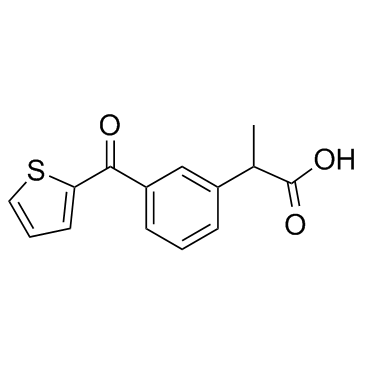| Structure | Name/CAS No. | Articles |
|---|---|---|
 |
Suprofen
CAS:40828-46-4 |
|
 |
Tienilic acid
CAS:40180-04-9 |